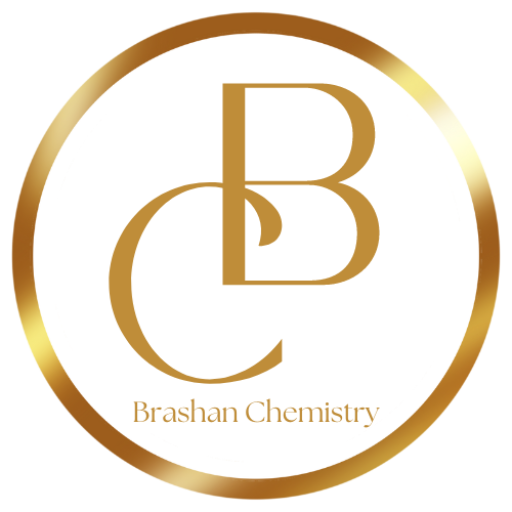### The Versatility of Grignard Reagents in Organic Chemistry
Grignard reagents, with the general formula RMgX, have revolutionized organic chemistry since their discovery by Victor Grignard. These powerful organometallic compounds consist of an alkyl or aryl group (R) and a halogen atom (X), and their versatility in organic synthesis is truly remarkable.
### Applications of Grignard Reagents
#### Formation of Carbon-Carbon Bonds
Grignard reagents are widely used in the formation of carbon-carbon bonds, a fundamental process in organic chemistry. When a Grignard reagent reacts with a carbonyl compound such as an aldehyde or ketone, it forms a new carbon-carbon bond, resulting in the formation of alcohols, hydrocarbons, or other functional groups. This reaction, known as the Grignard reaction, is a key tool for building complex organic molecules.
#### Nucleophilic Addition Reactions
Grignard reagents are powerful nucleophiles, meaning they can donate a pair of electrons to an electron-deficient atom, such as carbon in a carbonyl group. This property allows them to undergo nucleophilic addition reactions with a wide range of electrophiles, leading to the formation of various organic compounds.
#### Synthesis of Alcohols, Hydrocarbons, and Organometallic Compounds
Grignard reagents are indispensable in the synthesis of alcohols, hydrocarbons, and organometallic compounds. By reacting with different functional groups and substrates, they enable the construction of diverse organic molecules with high selectivity and efficiency.
#### Asymmetric Synthesis
In addition to their role in conventional organic synthesis, Grignard reagents are also used in asymmetric synthesis, where chiral Grignard reagents react with prochiral substrates to yield enantiomerically enriched products. This application has significant implications in the pharmaceutical and agrochemical industries, where enantiopure compounds are of utmost importance.
### Conclusion
The versatility of Grignard reagents in organic chemistry is unparalleled, making them indispensable tools for synthetic chemists. Their ability to form carbon-carbon bonds, undergo nucleophilic addition reactions, and participate in asymmetric synthesis highlights their significance in modern organic synthesis.
For comprehensive understanding and guidance on utilizing Grignard reagents and other organic chemistry concepts, consider enrolling in an online tutoring program with [Brashan Chemistry](https://brashanchemistry.com). As a leading Chemistry Online Tutor, Brashan Chemistry offers tailored tutoring programs to help you excel in organic chemistry and beyond.
For more information, contact [Info@brashanchemistry.com] to book your tutoring program today.”What are your thoughts on this?”
